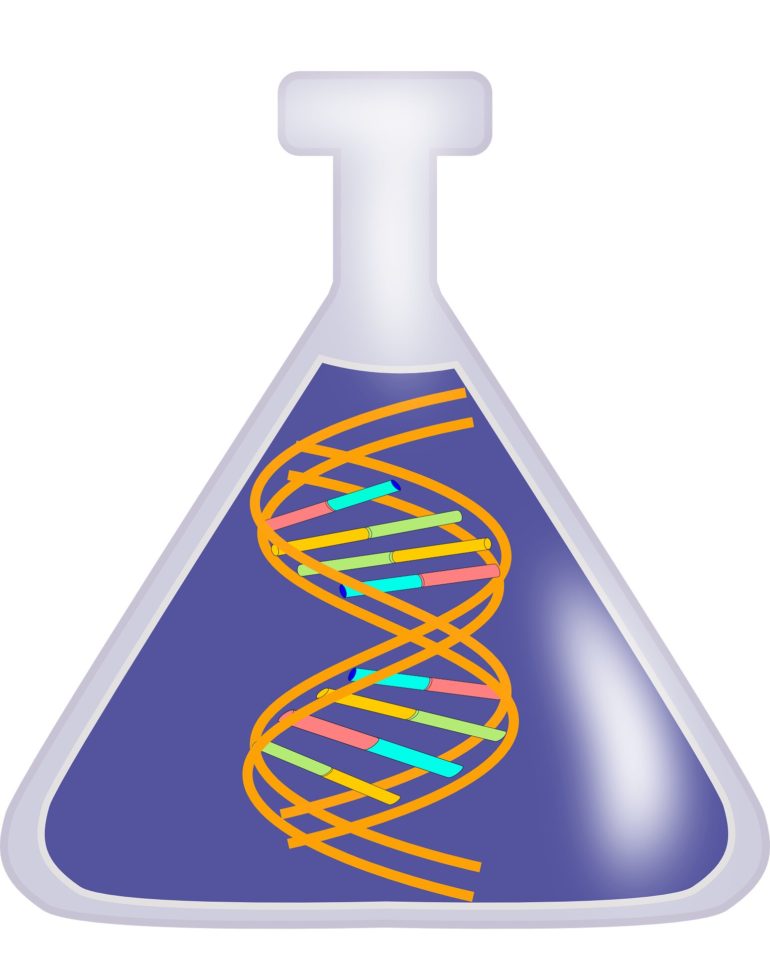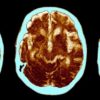A long-running debate over how an important gene-silencing protein identifies its targets has been resolved by researchers at Massachusetts General Hospital (MGH). Their findings, reported in Nature Structural and Molecular Biology, also explain certain mysteries about the behavior of this protein, known as Polycomb repressive complex 2 (PRC2).
PRC2 helps regulate whether genes are active (“on) or silent (“off”). PRC2’s role in gene silencing is critical throughout the lifespan, from embryo formation to old age. For example, PRC2 determines whether genes that suppress the growth of malignant tumors are turned on or off, which has made it the focus of pharmaceutical companies developing anti-cancer drugs.
But a mystery about PRC2 remained unsolved for years: How was the protein able to target specific genes? A major breakthrough occurred in 2008, when a team led by Jeannie Lee, MD, Ph.D., an investigator in the Department of Molecular Biology at MGH, proposed that RNA acts a recruiter for PRC2. RNA (or ribonucleic acid) is a molecule similar to DNA that’s found in cells. RNA is usually a messenger that does DNA’s bidding by spelling out the code to make proteins, but that is not the case here. Rather, Lee and her colleagues demonstrated that RNA acts as a “free agent” that binds to PRC2. RNA then targets PRC2 to a specific gene in order to silence it.
After Lee and her colleagues reported their discovery, dozens of other papers were subsequently published that supported the theory that RNA recruits PRC2 as a necessary step in gene silencing. However, studies from several prominent labs have challenged these findings, leading to an ongoing and often-heated debate about the relationship between PRC2 and RNA. These critics questioned Lee’s discovery on two grounds:
PRC2 isn’t specific and can bind with any RNA (some scientists noted that the protein is “promiscuous”), suggesting that RNA can’t be a factor in targeting PRC2 for gene silencing.The interaction between PRC2 and RNA often occur at genes that are active, an indication that this relationship isn’t important for silencing specific genes.
The new study resolves both critiques. In the first case, explains Lee, think of PRC2 as a letter that needs to be delivered by a mail carrier, but lacks an address. How does the mail carrier know where to deliver it—that is, what is the “address” of the gene to be targeted for silencing? “The address is written on the RNA,” says Lee. “RNA is an exact copy of DNA, where our genes are encoded.” Lee and her colleagues identified “motifs,” or unique sequences in RNA, which allow it to be recognized by PRC2. The RNA “address” then guides PRC2 to a specific gene location. This possibility had been proposed in the past, but Lee and her team now shed new light on how motifs make possible specific interactions between PRC2 and RNA that enable targeting.
Lee uses another analogy to explain why PRC2 and RNA often interact at genes that are not silenced. In the past, light bulbs could only be turned on or off, but the invention of the dimmer switch allowed for them to cast soft or bright light. Likewise, genes are not always turned completely on or off, and PRC2 acts like a dimmer switch. “We are saying that the genes are ‘on,’ but only yielding dim light,” says Lee. “If you took away the Polycomb-RNA interaction, the genes would turn up and shine brightly.”
By reconciling past disputes over how PCR2 interacts with RNA, says Lee, this new unified model advances basic science and provides invaluable insights for developers of new therapeutics.
Method discovered to reactivate tumour fighting genes ‘silenced’ by cancer
More information:
Michael Rosenberg et al, Motif-driven interactions between RNA and PRC2 are rheostats that regulate transcription elongation, Nature Structural & Molecular Biology (2021). DOI: 10.1038/s41594-020-00535-9
Provided by
Massachusetts General Hospital
Citation:
Study resolves long-running controversy over critical step in gene silencing (2021, January 4)
retrieved 5 January 2021
from https://phys.org/news/2021-01-long-running-controversy-critical-gene-silencing.html
This document is subject to copyright. Apart from any fair dealing for the purpose of private study or research, no
part may be reproduced without the written permission. The content is provided for information purposes only.



